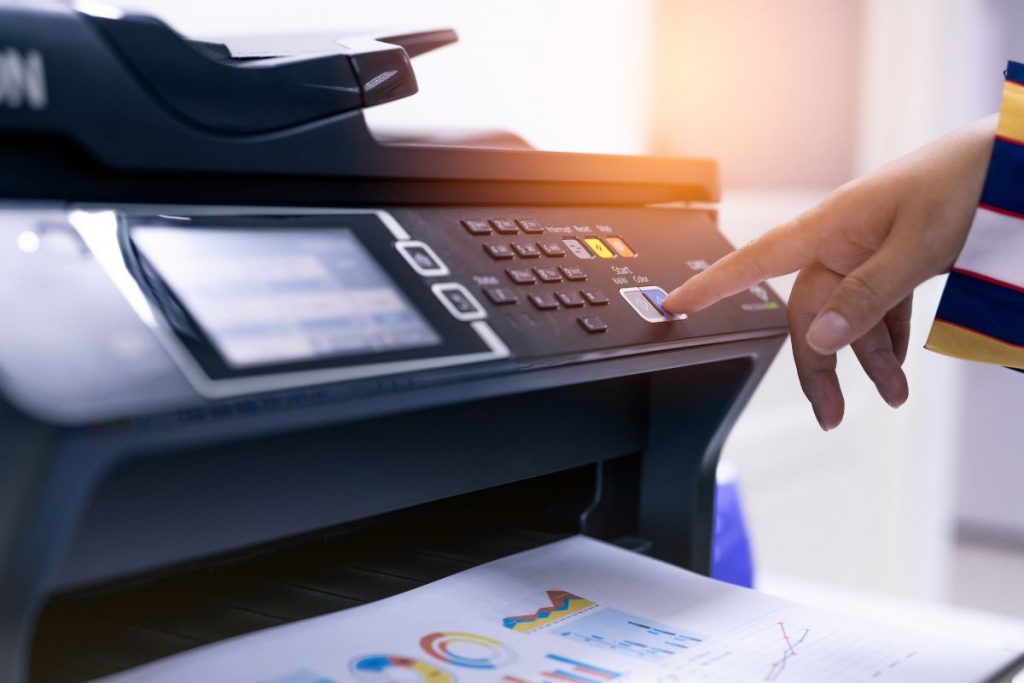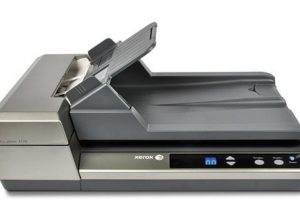Contents
Understanding Scanner Types
Image scanners come in various forms, each designed for specific purposes. Flatbed scanners, featuring a glass plate and movable scanning head, offer versatility for scanning documents, photos, and even bound materials like books. Their ability to handle delicate originals and three-dimensional objects makes them ideal for archival work and high-resolution photo scanning up to 6400 dpi.
Sheet-fed scanners utilize an automatic document feeder (ADF) mechanism, processing up to 60 pages per minute. These devices excel in office environments, particularly for digitizing large volumes of standard-sized documents, business cards, and receipts. Many models incorporate duplex scanning capabilities, capturing both sides of a document simultaneously.
Portable scanners, weighing typically under 2 pounds, combine convenience with functionality. These battery-powered devices can capture documents at resolutions up to 1200 dpi, making them perfect for business travelers and field researchers. Advanced models feature Wi-Fi connectivity and direct cloud upload capabilities.
Specialized photo scanners distinguish themselves with superior color accuracy and dynamic range. These devices employ enhanced CCD sensors and sophisticated color calibration systems, capable of capturing subtle tonal variations and maintaining true-to-life colors. Professional-grade models often include transparency adapters for scanning slides and negatives at resolutions exceeding 9600 dpi.
| Scanner Type | Max Resolution | Best Use Case | Speed |
|---|---|---|---|
| Flatbed | 6400 dpi | Photos, books, delicate documents | 30-60 sec/page |
| Sheet-fed | 600-1200 dpi | Multi-page documents | 20-60 ppm |
| Portable | 1200 dpi | On-the-go scanning | 3-8 sec/page |
| Photo Scanner | 9600+ dpi | Professional photography | 1-3 min/photo |
Key Specifications to Consider
Resolution capabilities, measured in dots per inch (DPI), determine scan quality. For general document scanning, 300 DPI suffices, while photo scanning may require 600 DPI or higher. Color depth, typically ranging from 24-bit to 48-bit, affects color accuracy and gradient reproduction.
| Usage Type | Recommended DPI | Minimum Color Depth |
|---|---|---|
| Document Scanning | 300 DPI | 24-bit |
| Photo Scanning | 600+ DPI | 48-bit |
| Professional Graphics | 1200+ DPI | 48-bit |
Speed and Volume Requirements
Consider the scanner’s pages per minute (PPM) rate and daily duty cycle. Business environments might require 20+ PPM and higher duty cycles, while home users can manage with lower speeds. Automatic document feeders (ADF) become crucial for high-volume scanning.
Software Integration
Modern scanners include OCR (Optical Character Recognition) software for converting scanned text into editable documents. Verify compatibility with your operating system and desired applications. Look for TWAIN drivers that ensure broad software compatibility.
Connectivity Options
USB connections offer reliable performance, while Wi-Fi enables wireless scanning and network sharing. Some models feature ethernet ports for direct network integration. Mobile scanning capabilities through apps provide additional flexibility.
Document Handling Features
Double-sided scanning (duplex) capabilities save time when processing two-sided documents. Consider maximum scan size requirements and special features like auto-crop, blank page detection, and multi-feed detection for improved efficiency.
Budget Considerations
Entry-level flatbed scanners start around $100, while professional models can exceed $1000. Factor in maintenance costs, including replacement parts and consumables. Consider total cost of ownership, including power consumption and potential service requirements.
Physical Space and Portability
Evaluate available desk space and portability needs. Flatbed scanners require dedicated space, while portable models offer flexibility. Consider weight and dimensions if mobility is important.
Environmental Impact
Look for ENERGY STAR certification indicating efficient power consumption. Consider scanners with recyclable components and eco-friendly manufacturing processes. Some models offer power-saving modes to reduce environmental impact.
Making the Final Decision
Prioritize features based on primary usage. Test scan quality with sample documents when possible. Review warranty terms and available technical support options. Consider future needs and potential workflow changes when selecting a model.






![How DPI Affects Image Quality: Understanding Scanner Resolution [Complete Guide]](https://yoopst.com/wp-content/uploads/2025/07/dpi-300x220.png)